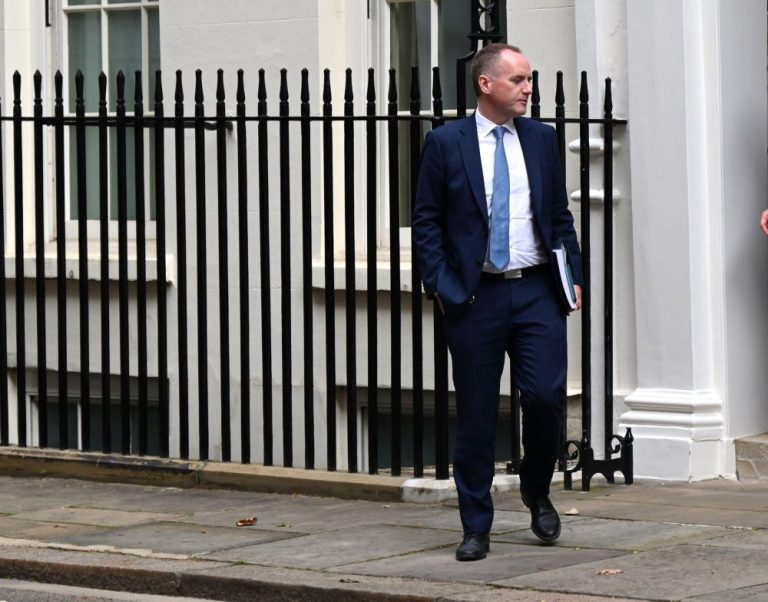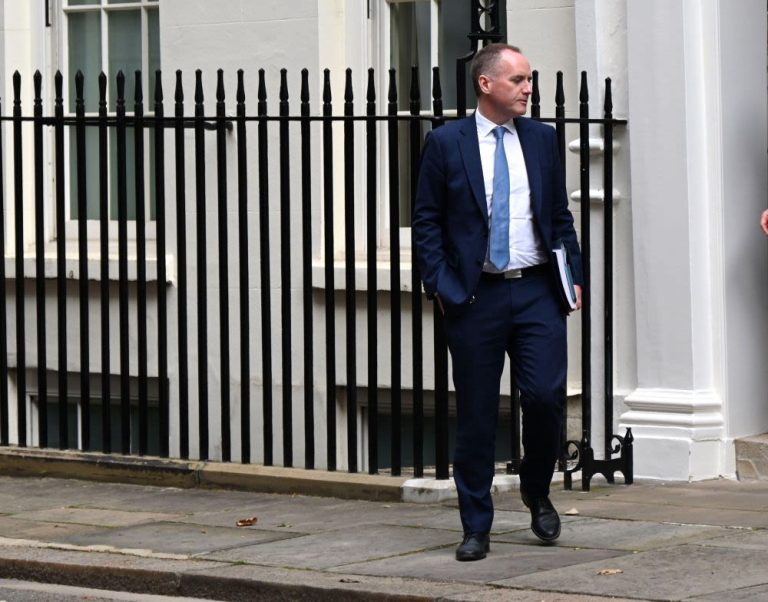
Anatomy of a Rumour: Why DCMS Faces the Axe
In recent weeks, whispers have grown louder that the Department for Culture, Media and Sport (DCMS) – sometimes derided as a “Frankenstein’s monster” of Whitehall – could be dismantled by the incoming Labour government. Briefings against both the department and its minister, Lisa Nandy, circulate in Westminster, fuelling speculation that DCMS will be split up or abolished altogether. But how realistic is this scenario, and what would it mean for the sectors DCMS oversees?
Origins and Evolution of DCMS
DCMS traces its roots back to 1992, when culture and media functions were grouped under a single ministerial roof. Over time, sport and digital policy were added, creating a sprawling portfolio. Under Prime Minister Rishi Sunak, “digital” was spun off in late 2023, leaving DCMS to focus on cultural sectors, sports governance and broadcasting. Some saw this as proof the department’s identity was already under threat; others argue it freed DCMS to concentrate on creative industries.
Labour’s Internal Dynamics
Lisa Nandy’s tenure as Culture Secretary has been rocky. Critics point to long delays in granting meetings to unions, a slow-footed response to sector crises and clashes over policy on AI-driven copyright changes. Internally, Labour circles reportedly question her fit for the role. Yet Nandy’s allies insist she remains one of the government’s most effective communicators, particularly with “Red Wall” constituencies, and that briefings against her represent a “boys’ club” in No.10 seeking to undercut a strong northern woman.
Financial Rationale: Myth or Reality?
With the Treasury hunting for savings, abolishing DCMS appears on paper to cut administrative overheads. DCMS spent £129 million on staff costs in 2023–24, accounting for 83 percent of its administrative budget. However, experts caution that breaking up a department rarely saves as much as anticipated:
- Functions must be reassigned to other departments, incurring new integration costs.
- Existing portfolios – lottery funding, arms-length bodies, arts grants – cannot simply vanish.
- Key staff with deep cultural expertise would need relocation, risking loss of institutional knowledge.
A former DCMS adviser argues: “You won’t save money by scrapping the department – you’ll just shift civil servants elsewhere and incur fresh administrative burdens.”
Impact on Creative Industries
The creative sector stakeholders are divided. Some believe DCMS is too small to champion culture effectively; they would prefer Arts Council England or the Department for Business, Energy and Industrial Strategy to absorb the remit. Others fear that diluting DCMS would leave arts, heritage and sport without a dedicated voice. According to the Culture Committee chair, the creative industries contributed an estimated £167 billion to the UK economy in 2023 – 7.1 percent of total GVA – yet “feel perpetually under-represented”.
Sport, Broadcasting and Film
DCMS handles sports governance reforms, including the controversial Football Governance Bill. If sports oversight migrates to the Department for Digital, Culture, Media and Sport’s former digital home or BEIS, major events like the Commonwealth Games and Premier League regulation could lose focus. Likewise, broadcasting policy – Ofcom oversight, BBC funding – could be diluted if merged with broader communications departments.
Digital vs Culture: A False Dichotomy?
Some argue splitting DCMS’s digital arm proved a misstep. A former culture secretary notes that by stripping out digital, DCMS became perceived as a “cuddly department” with limited economic clout. The synergy between tech policy and creative content is critical in an AI-driven era. The government’s opt-out copyright proposals highlight this tension: creative voices warn AI firms will exploit orphaned content unless protected by targeted legislation – a fight best waged by a department combining both digital and cultural expertise.
Institutional Knowledge and Morale
DCMS benefits from a stable civil service with deep sector knowledge. Unlike some Whitehall departments, staff turnover is low, and many are motivated by passion for arts, heritage and sport. The logistical challenge of reallocating dozens of agencies, legacy frameworks, and devolved programmes into new ministerial homes would be immense. A former special adviser describes it as “an administrative nightmare” likely to paralyse policy delivery for months.
Political Calculus and Local Growth
Labour entered office promising to champion “left-behind towns” and level up creative opportunities across the UK. DCMS’s Manchester headquarters was chosen to reinforce the “politics of place.” Many believe that abolishing the department would undermine those goals. As one Nandy ally puts it: “You stick two fingers up at our communities if you scrap the very machinery designed to boost local culture and jobs.”
Abolition or Reform?
Rather than wholesale abolition, insiders speculate on a targeted reform: merging DCMS with the new Department for Science, Innovation and Technology (DSIT) to form a single “Department for Technology and Culture.” Proponents say this would unify digital policy with creative regulation. Critics fear culture would simply become a sideline to technology. The outcome likely depends on internal Whitehall power struggles and whether ministers believe a strong, standalone DCMS is essential for Britain’s post-Brexit growth strategy.




